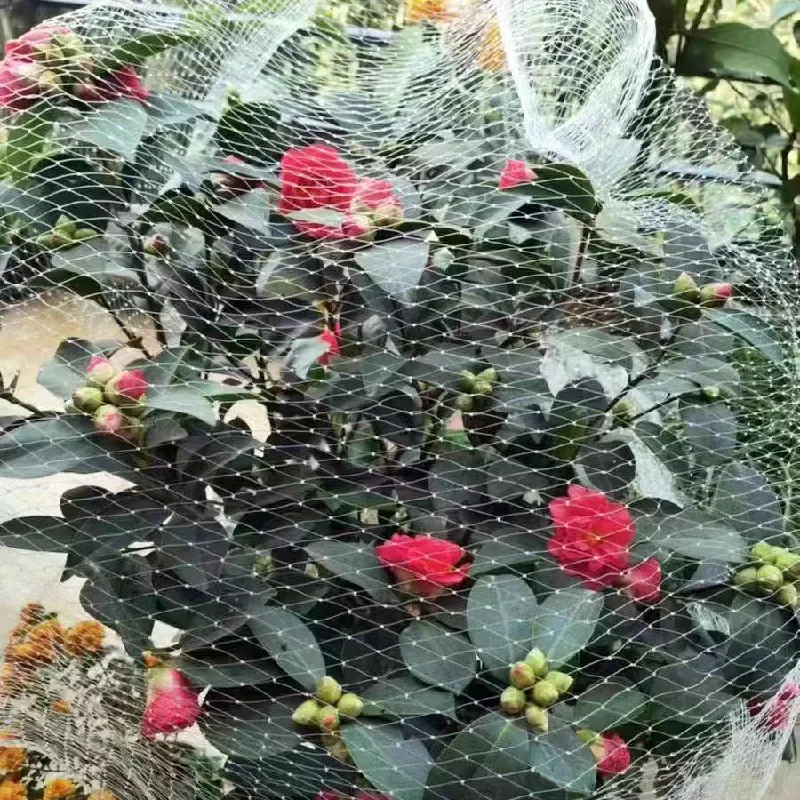-
 Afrikaans
Afrikaans -
 Albanian
Albanian -
 Amharic
Amharic -
 Arabic
Arabic -
 Armenian
Armenian -
 Azerbaijani
Azerbaijani -
 Basque
Basque -
 Belarusian
Belarusian -
 Bengali
Bengali -
 Bosnian
Bosnian -
 Bulgarian
Bulgarian -
 Catalan
Catalan -
 Cebuano
Cebuano -
 China
China -
 Corsican
Corsican -
 Croatian
Croatian -
 Czech
Czech -
 Danish
Danish -
 Dutch
Dutch -
 English
English -
 Esperanto
Esperanto -
 Estonian
Estonian -
 Finnish
Finnish -
 French
French -
 Frisian
Frisian -
 Galician
Galician -
 Georgian
Georgian -
 German
German -
 Greek
Greek -
 Gujarati
Gujarati -
 Haitian Creole
Haitian Creole -
 hausa
hausa -
 hawaiian
hawaiian -
 Hebrew
Hebrew -
 Hindi
Hindi -
 Miao
Miao -
 Hungarian
Hungarian -
 Icelandic
Icelandic -
 igbo
igbo -
 Indonesian
Indonesian -
 irish
irish -
 Italian
Italian -
 Japanese
Japanese -
 Javanese
Javanese -
 Kannada
Kannada -
 kazakh
kazakh -
 Khmer
Khmer -
 Rwandese
Rwandese -
 Korean
Korean -
 Kurdish
Kurdish -
 Kyrgyz
Kyrgyz -
 Lao
Lao -
 Latin
Latin -
 Latvian
Latvian -
 Lithuanian
Lithuanian -
 Luxembourgish
Luxembourgish -
 Macedonian
Macedonian -
 Malgashi
Malgashi -
 Malay
Malay -
 Malayalam
Malayalam -
 Maltese
Maltese -
 Maori
Maori -
 Marathi
Marathi -
 Mongolian
Mongolian -
 Myanmar
Myanmar -
 Nepali
Nepali -
 Norwegian
Norwegian -
 Norwegian
Norwegian -
 Occitan
Occitan -
 Pashto
Pashto -
 Persian
Persian -
 Polish
Polish -
 Portuguese
Portuguese -
 Punjabi
Punjabi -
 Romanian
Romanian -
 Russian
Russian -
 Samoan
Samoan -
 Scottish Gaelic
Scottish Gaelic -
 Serbian
Serbian -
 Sesotho
Sesotho -
 Shona
Shona -
 Sindhi
Sindhi -
 Sinhala
Sinhala -
 Slovak
Slovak -
 Slovenian
Slovenian -
 Somali
Somali -
 Spanish
Spanish -
 Sundanese
Sundanese -
 Swahili
Swahili -
 Swedish
Swedish -
 Tagalog
Tagalog -
 Tajik
Tajik -
 Tamil
Tamil -
 Tatar
Tatar -
 Telugu
Telugu -
 Thai
Thai -
 Turkish
Turkish -
 Turkmen
Turkmen -
 Ukrainian
Ukrainian -
 Urdu
Urdu -
 Uighur
Uighur -
 Uzbek
Uzbek -
 Vietnamese
Vietnamese -
 Welsh
Welsh -
 Bantu
Bantu -
 Yiddish
Yiddish -
 Yoruba
Yoruba -
 Zulu
Zulu
Durable Stainless Steel Nets for Various Applications and Benefits
The Versatility and Strength of Stainless Steel Nets
Stainless steel nets have gained significant popularity in various industries, owing to their unique combination of strength, corrosion resistance, and versatility. Ranging from architectural applications to industrial uses, stainless steel nets offer a myriad of benefits that make them an optimal choice for numerous projects.
Understanding Stainless Steel Nets
Stainless steel nets are woven or welded mesh structures made from stainless steel wire. This type of material is known for its exceptional durability, making it ideal for demanding environments. The inherent properties of stainless steel—such as resistance to rust, staining, and oxidation—ensure that these nets maintain their integrity and appearance over time. Common grades used in manufacturing stainless steel nets include 304 and 316, with the latter being particularly suited for marine and highly corrosive environments due to its higher nickel and molybdenum content.
Applications of Stainless Steel Nets
1. Architectural Use In architecture, stainless steel nets are used for facades, balustrades, and decorative elements. They provide a modern aesthetic while allowing natural light to filter through. Their strength ensures safety, making them ideal for high-rise buildings and accessible structures. Additionally, perforated stainless steel nets can enhance acoustic performance, making them useful in concert halls and auditoriums.
2. Industrial Applications In industrial settings, stainless steel nets are utilized for filtration, separation, and containment purposes. Industries such as food processing, pharmaceuticals, and wastewater treatment rely on the durability and non-reactive nature of stainless steel to ensure product integrity and hygiene. These nets can withstand harsh chemicals and extreme temperatures without compromising performance.
stainless steel nets

3. Agricultural Use Stainless steel nets play a vital role in agriculture, particularly in protecting crops from birds and other pests. The strength of these nets allows for long-term usage, reducing the need for frequent replacement. They are also used in aquaculture to create cages for fish farming, ensuring that the environment within is maintained while preventing the escape of the stock.
4. Safety and Security Stainless steel nets are increasingly used in safety applications. They can be installed in barriers, fencing, and security grilles, providing a robust defense against intruders while delaying unauthorized access. Their visibility and strength make them favorable in both residential and commercial security systems.
Benefits of Using Stainless Steel Nets
The advantages of stainless steel nets extend beyond their applications. One of the most significant benefits is their longevity. Unlike other materials that may deteriorate over time, stainless steel exhibits exceptional resistance to environmental factors, ensuring a prolonged lifecycle with minimal maintenance. This quality is particularly advantageous in situations where safety and functionality are paramount.
Moreover, stainless steel nets are eco-friendly. They are fully recyclable, making them a sustainable option in an era where environmental consciousness is on the rise. Their production processes can also be more efficient than other materials, leading to reduced waste and energy consumption.
Conclusion
In conclusion, stainless steel nets are a practical and versatile solution for a wide array of applications across different sectors. From architecture to agriculture, their unmatched strength, resistance to corrosion, and longevity make them an invaluable resource. As industries continue to innovate and seek sustainable solutions, the demand for stainless steel nets is likely to grow, cementing their status as a critical component in modern engineering and design. Whether enhancing aesthetics, ensuring safety, or improving functionality, these nets stand out as a testament to the blend of utility and durability in material science. As we look to the future, stainless steel nets will undoubtedly play an integral role in shaping a safer, more efficient world.
-
Shipping Plastic Bags for Every NeedNewsJul.24,2025
-
Safety Netting: Your Shield in ConstructionNewsJul.24,2025
-
Plastic Mesh Netting for Everyday UseNewsJul.24,2025
-
Nylon Netting for Every UseNewsJul.24,2025
-
Mesh Breeder Box for Fish TanksNewsJul.24,2025
-
Expanded Steel Mesh Offers Durable VersatilityNewsJul.24,2025











